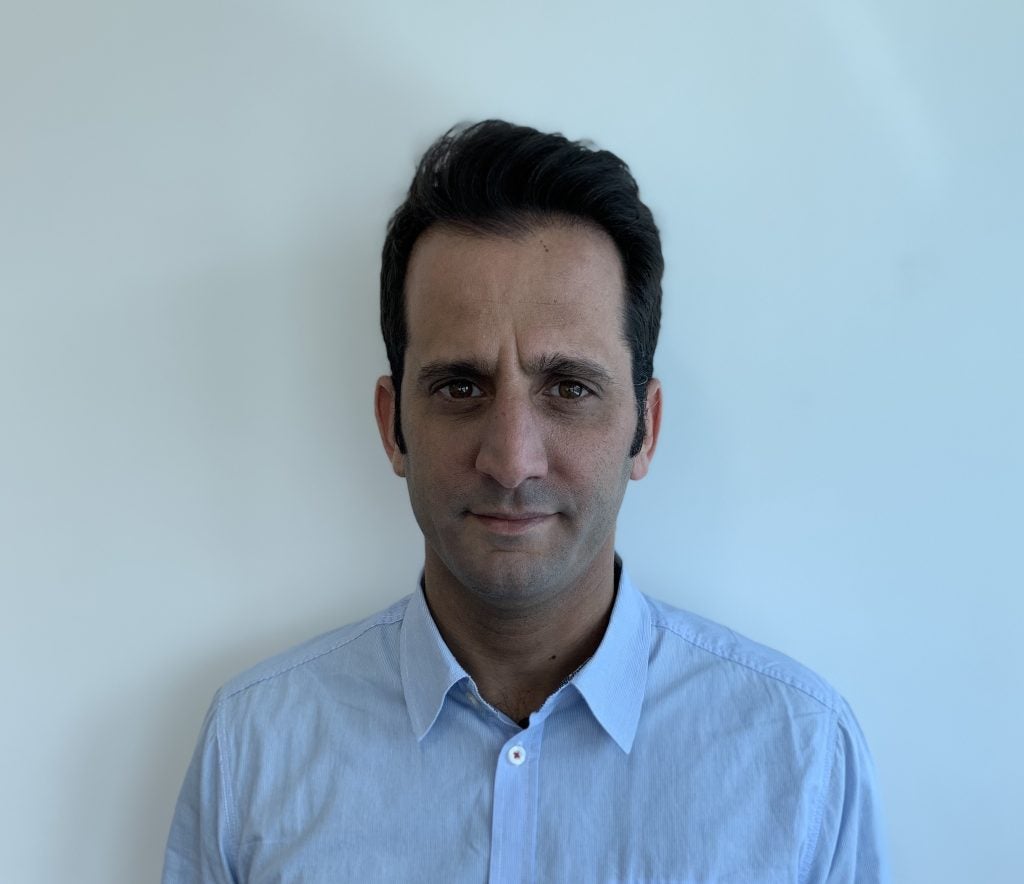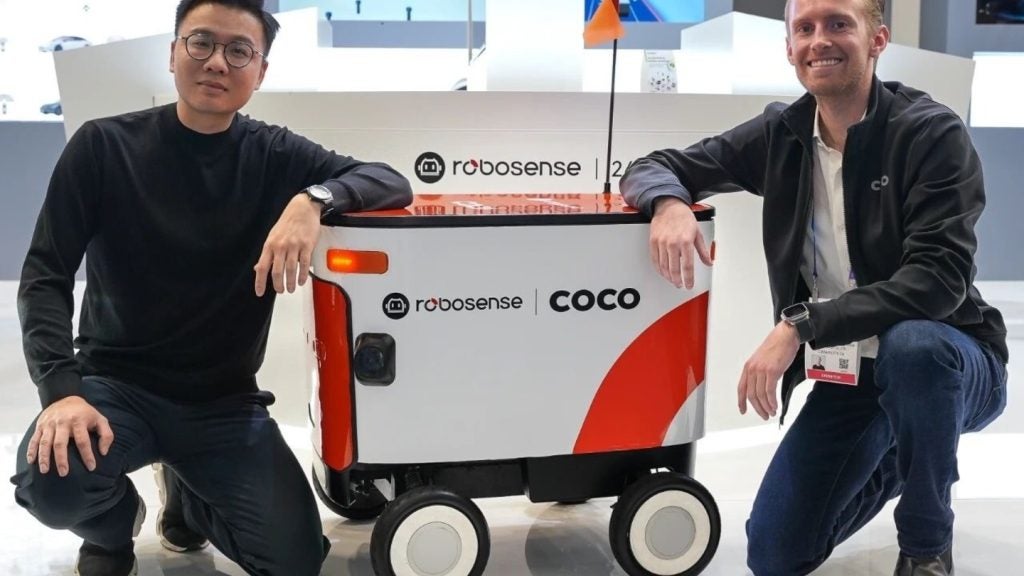Gigabyte Technology has filed a patent for a control method in a storage device that allows for dynamic adjustment of the ratio of single-level cell (SLC) blocks and three-level cells (TLC) blocks. The method involves receiving a selection input and adjusting the number of SLC and TLC blocks in the flash memory accordingly. Additionally, the number of blocks can be re-adjusted when the storage device is reset. GlobalData’s report on Gigabyte Technology gives a 360-degree view of the company including its patenting strategy. Buy the report here.
According to GlobalData’s company profile on Gigabyte Technology, data center cooling systems was a key innovation area identified from patents. Gigabyte Technology's grant share as of June 2023 was 1%. Grant share is based on the ratio of number of grants to total number of patents.
Control method for adjusting ratio of slc and tlc blocks
A recently filed patent (Publication Number: US20230205459A1) describes a control method and storage device for dynamically adjusting the ratio of single-level cell (SLC) blocks and three-level cell (TLC) blocks in a flash memory. The control method involves receiving a selection input and adjusting the number of SLC and TLC blocks in the flash memory based on this input. Additionally, the method includes re-adjusting the block ratio when the storage device is reset.
The patent also claims a control method that involves selecting a specific file from a plurality of files based on the selection input. This specific file is then stored in a specific block of a first memory. The plurality of files can be stored either in a second storage device independent of the first storage device or in the first memory itself. The method further includes storing a table that records the corresponding relationships between the selection inputs and the files.
The storage device described in the patent includes a first memory that stores a specific file and a flash memory with a plurality of blocks, including SLC and TLC blocks. A control circuit is responsible for adjusting the number of SLC and TLC blocks based on the specific file stored in the first memory. When the control circuit is reset, it selects one of the plurality of files stored in a second memory based on a selection input and replaces the specific file with the selected file.
The second memory can be either the first memory itself or a separate electronic component. The storage device also includes an input-output interface that can be connected to the second memory. In some embodiments, the first memory is combined into the control circuit. The second memory stores a table that records the corresponding relationships between the selection inputs and the files.
The control circuit in the storage device determines whether the number of dummy SLC blocks in the flash memory is less than a threshold value. If it is not less than the threshold value, data is written to the dummy SLC blocks. However, if the number of dummy SLC blocks is less than the threshold value, the data is written to the TLC blocks. In the latter case, data stored in the SLC blocks can be moved to the TLC blocks.
Overall, this patent describes a control method and storage device that allow for dynamic adjustment of the SLC and TLC block ratio in a flash memory based on selection inputs and specific files. This technology has the potential to optimize storage efficiency and performance in various applications.
To know more about GlobalData’s detailed insights on Gigabyte Technology, buy the report here.
Data Insights
From

The gold standard of business intelligence.
Blending expert knowledge with cutting-edge technology, GlobalData’s unrivalled proprietary data will enable you to decode what’s happening in your market. You can make better informed decisions and gain a future-proof advantage over your competitors.







